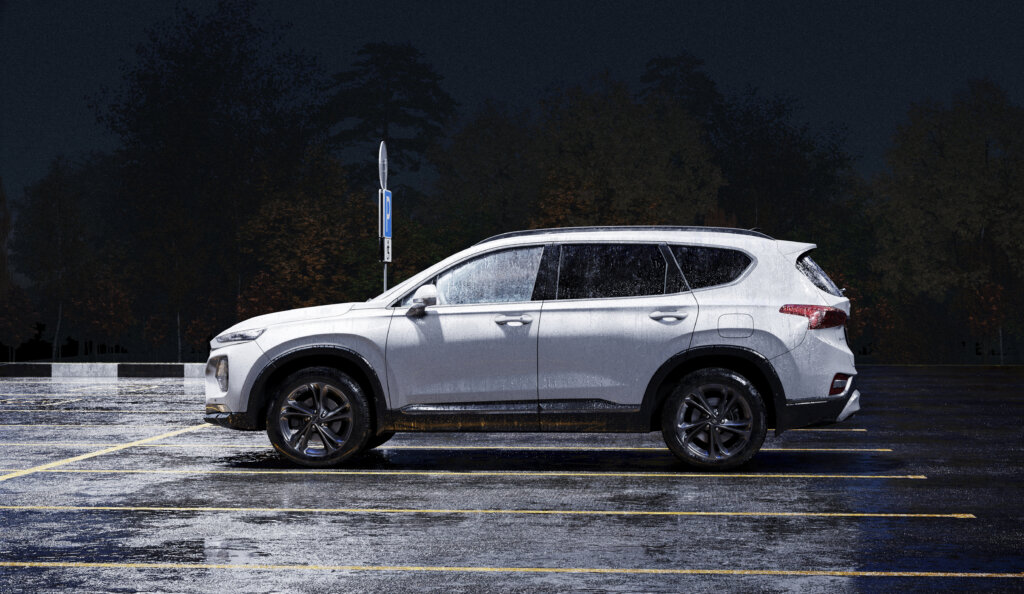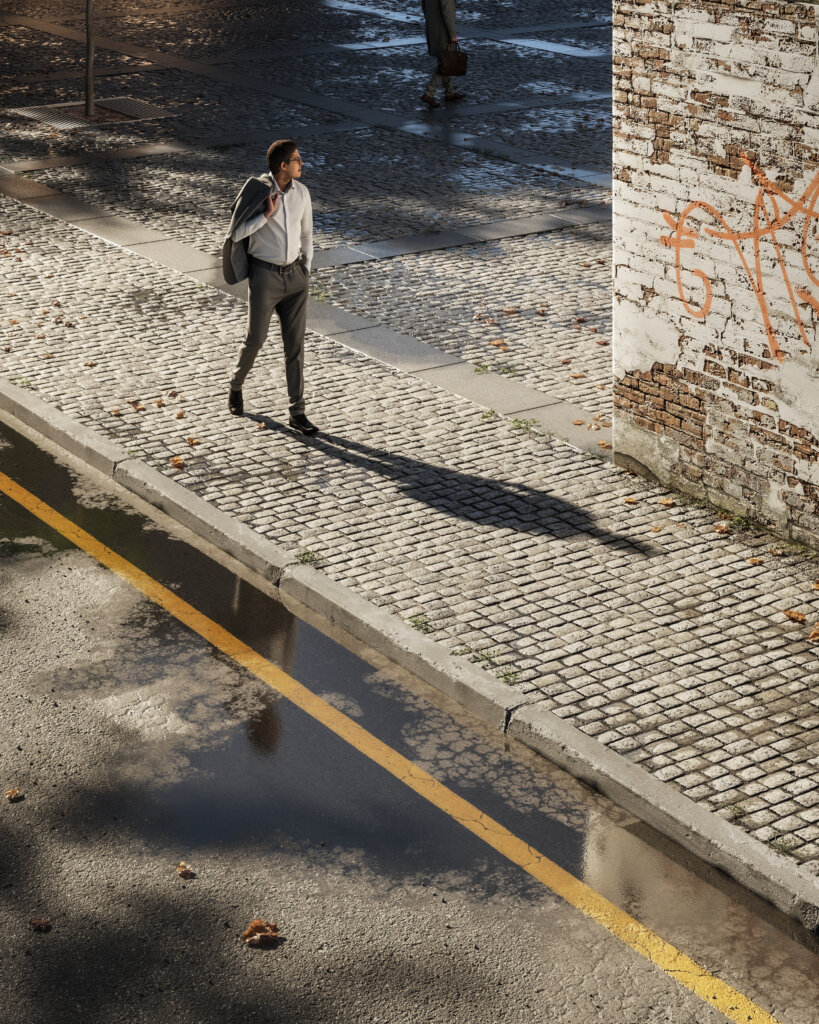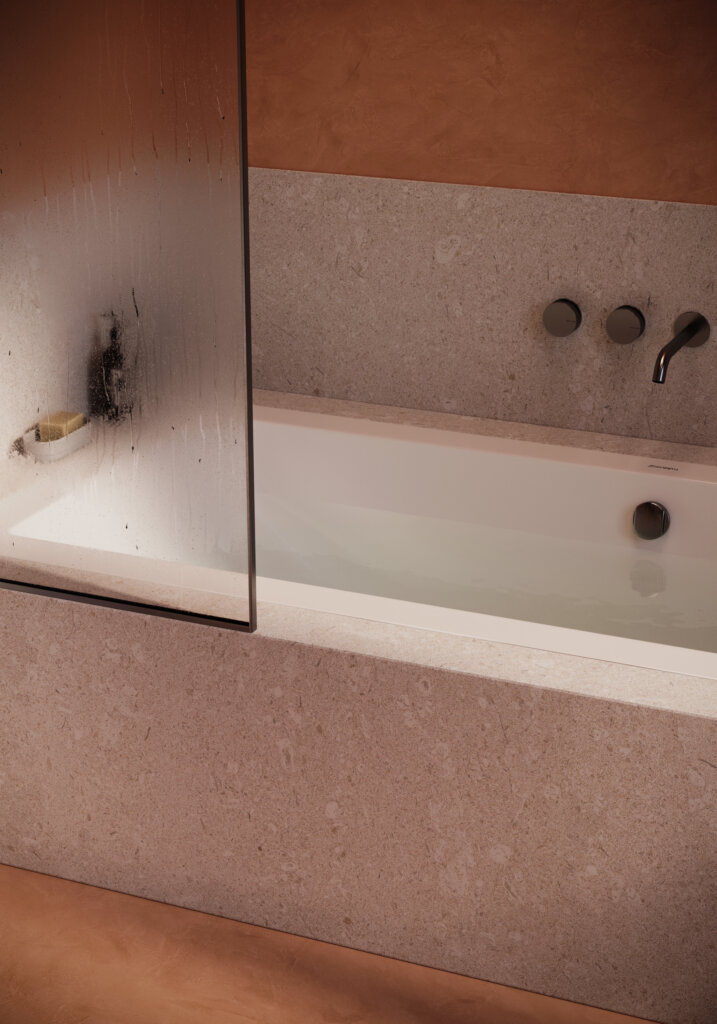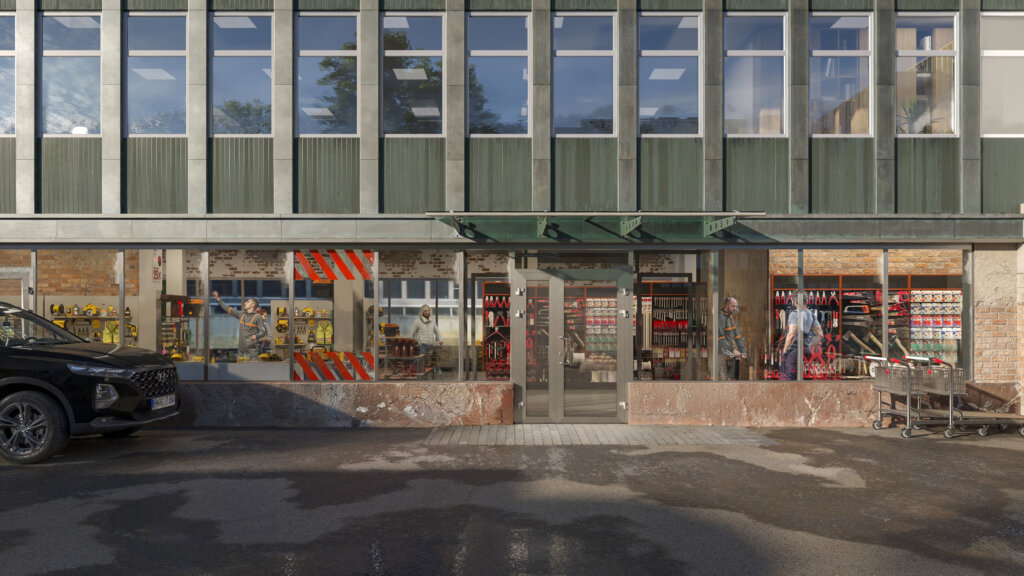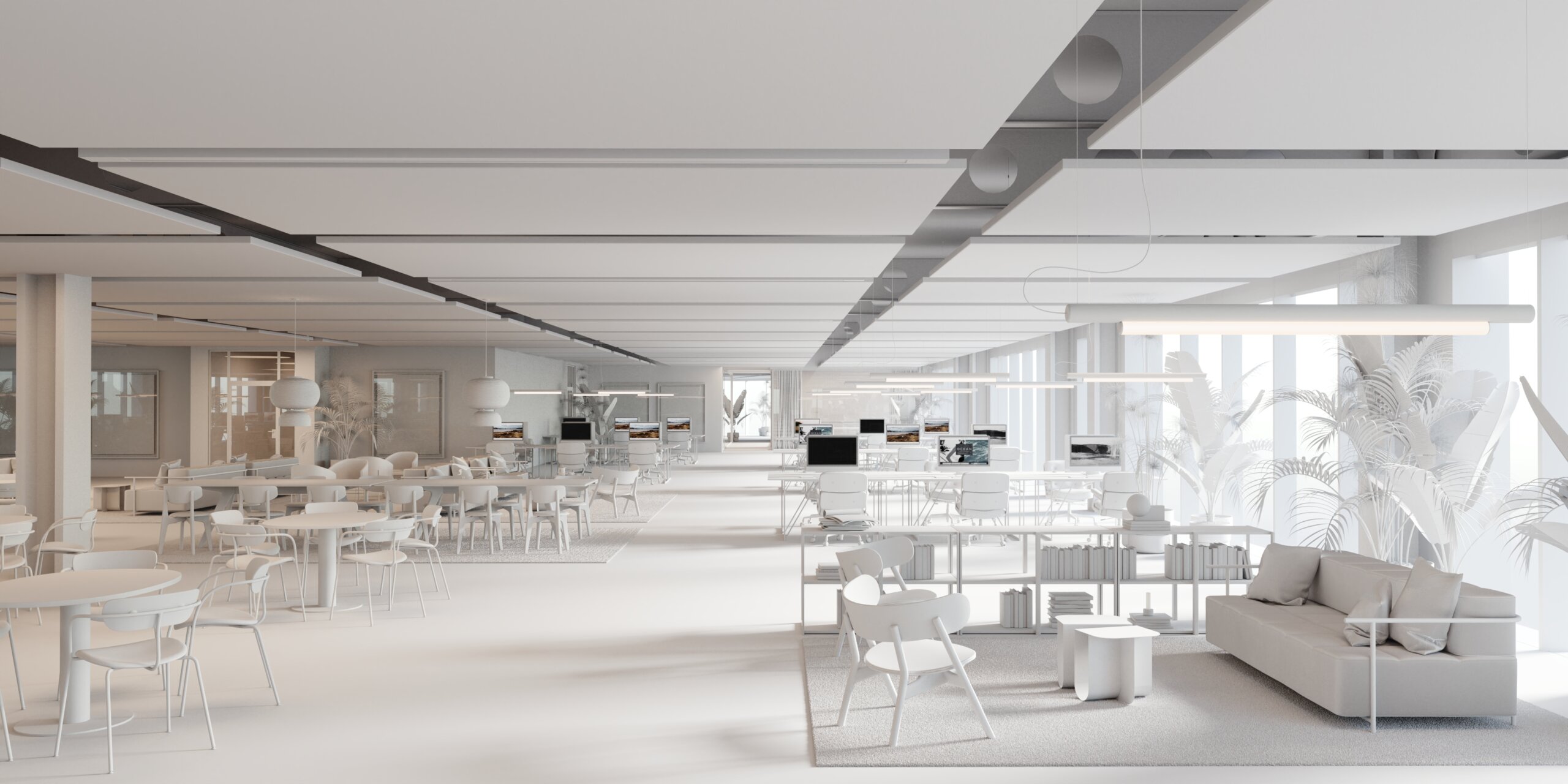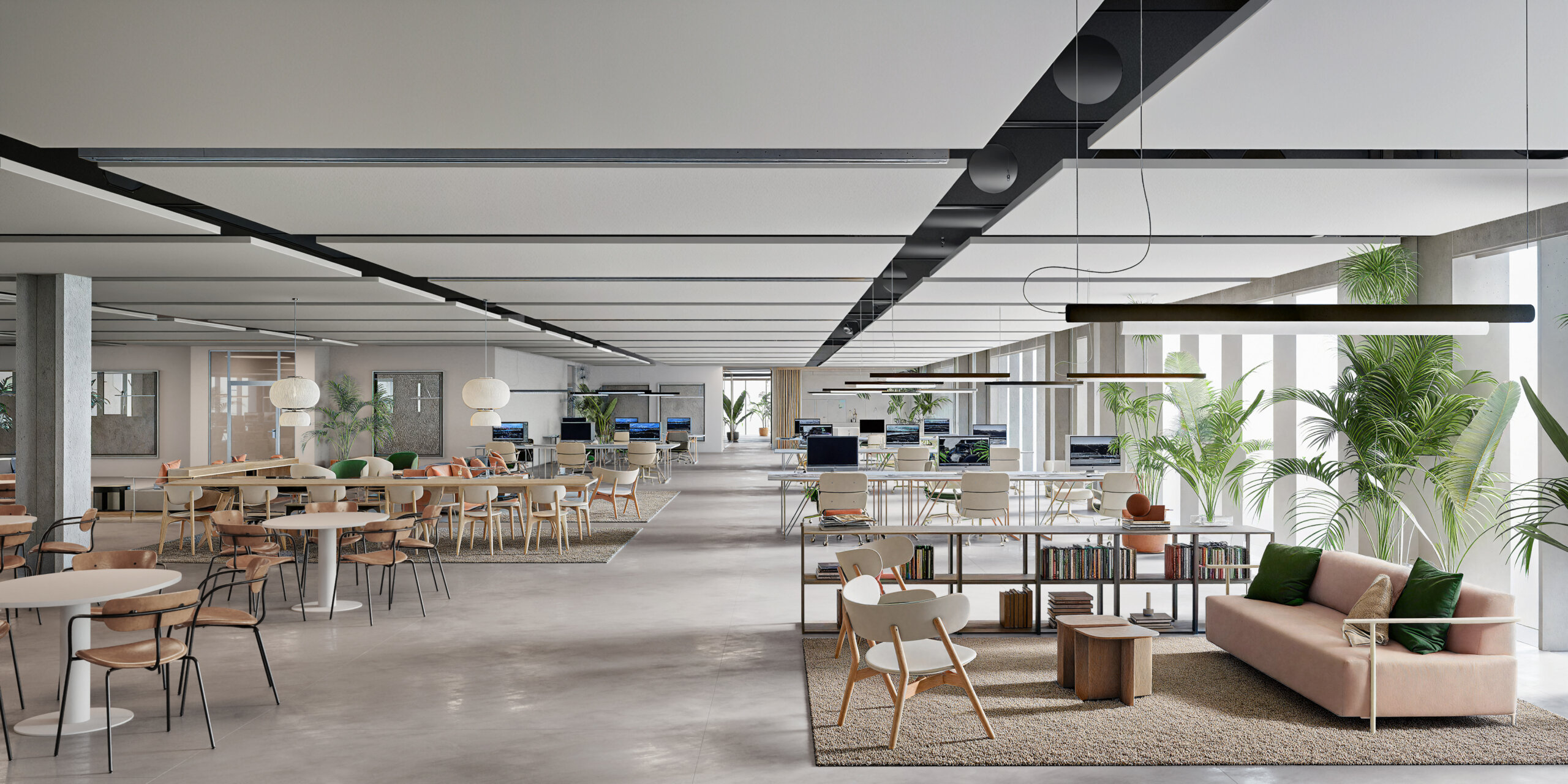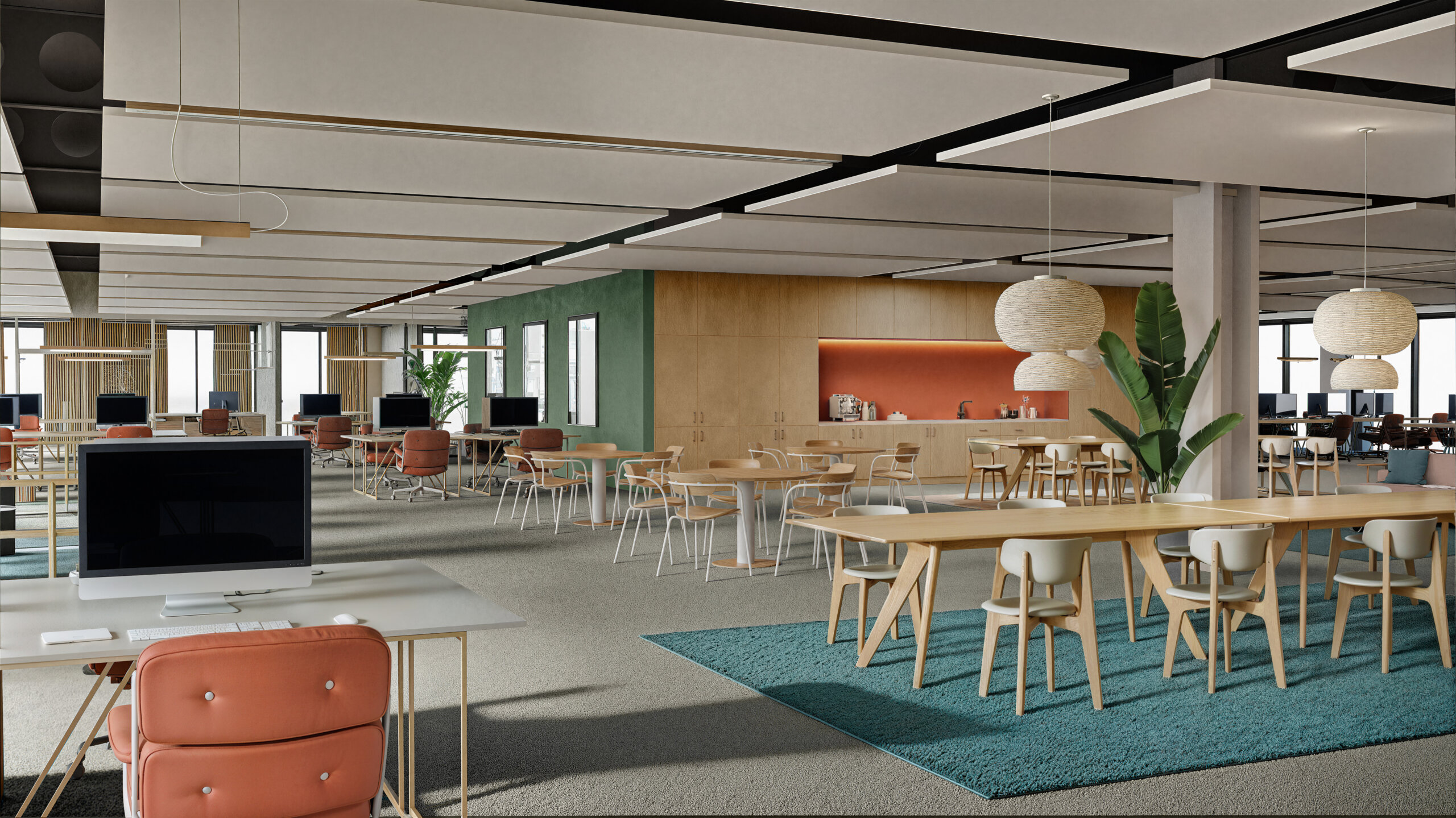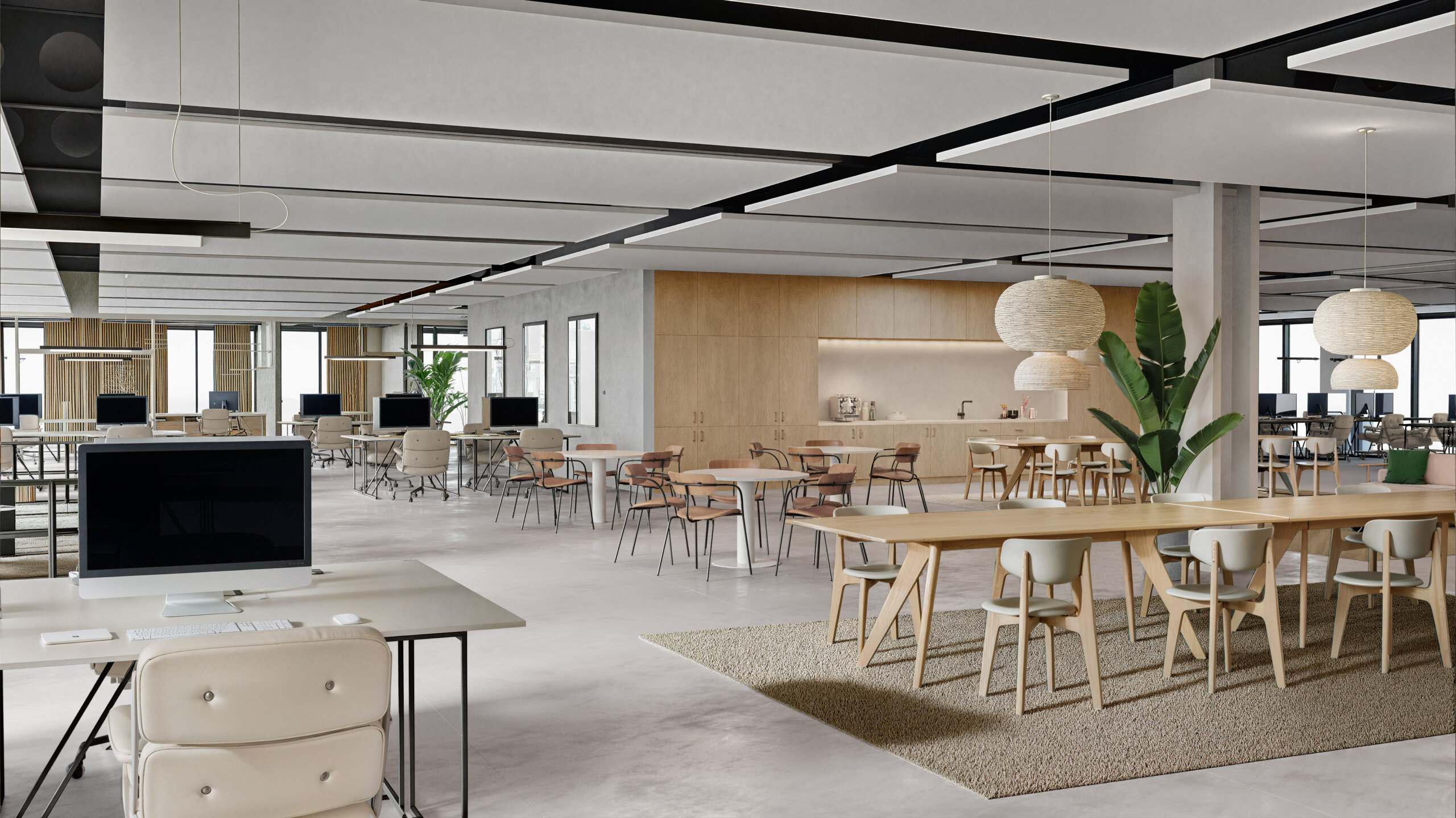Our approach to AI use in CGIs
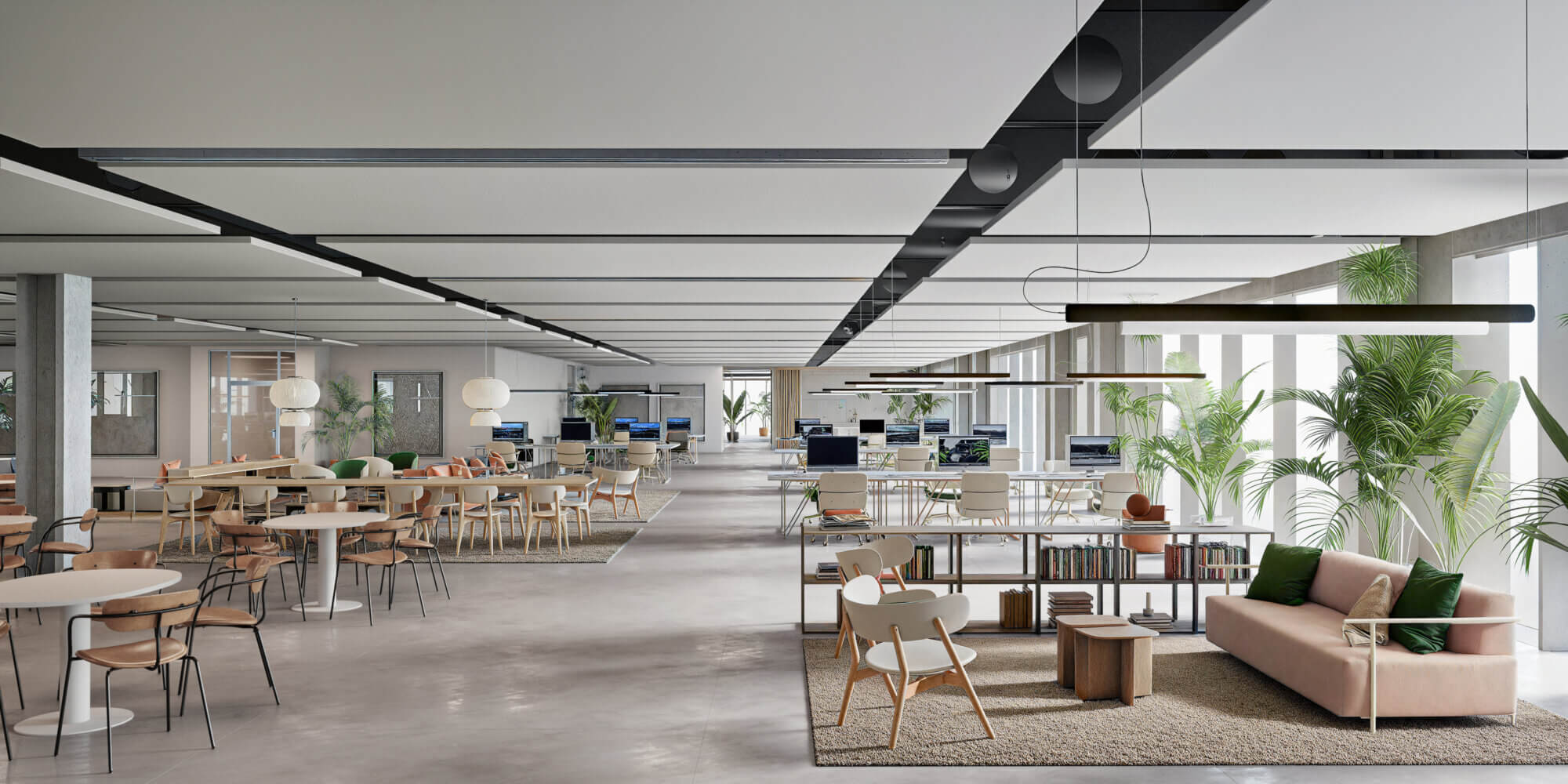
Our approach to AI use in CGIs
Introducing the AI tools to the team
Our team of artists and developers is a truly exceptional group – we’re all very dedicated to our craft and continuous learning. AI Tools were no exception – as the industry shifts and changes, our artists’ curiosity follows. We organized a set of workshop days to make sure everyone had a chance to experiment with the available tools and compiled the information in our internal learning hub. By doing so, we’re making sure the information is evenly distributed, ensuring that any of our artists can jump on AI tool tasks if needed.
Our recent workshops focused on enhancing the materials in CGIs.
Ensuring efficiency – putting a workflow in place
At WTR, we continually seek new solutions to enhance our services and expand our portfolio, staying competitive in the industry. However, the real challenge lies in integrating these new products into our production process. With most of our team being composed of managers and artists working on client projects, we sometimes face difficulties in allocating time and resources for extensive testing, updates, and feedback amidst our regular project schedules.
The implementation process has to happen internally before it reaches our clients for us to run through many possible scenarios, set a base workflow for that new solution, spread the knowledge, and then think of the next milestones and future versions.
Safety and sustainability of AI tools – generating images vs enhancing your artwork
AI has likely impacted or fooled you, especially in creative industries. While many use AI for content generation, it’s crucial to also use it to optimize workflows. This approach can help maintain creativity while improving competitiveness in time and pricing.
AI can enhance various aspects of creative work, from rendering to client interactions. It can assist with:
- Improving visual outputs
- Note-taking and summarizing client briefs
- Creating mood boards
- Developing internal proposals
However, using cutting-edge technology often involves legal gray areas. It’s essential to ensure legal compliance for both company and client safety when implementing new AI solutions.
Quick AI Renders
One of the game changers from our AI research was the ability to propose different specs or moodboards to our clients, straight from our Digital Twins for commercial leasing. Developing CGIs can be a long process with many feedback rounds and is quite frankly too expensive for many clients. By implementing AI on top of our Digital Twins we can save 90% of time while still providing high-quality work.
The process is made faster by setting the angles in the twin directly and providing different style options turning decisions into a quick yes or no elimination process. This new technique has allowed us to reach and help a wider audience of clients who do not have big budgets to work with.
We use a similar approach for scene lighting, instead of spending hours rendering multiple lighting options, we can now easily send lighting proposals generated by AI, decided upon and developed manually to spec by our artists, ensuring the artists have a clear brief to follow and also that the clients are aware of what they are agreeing to and getting as a result.
Other practical ways of how we use AI – process optimization, material enhancement & noise reduction.
Process Optimisation with the help of AI
As mentioned above, most companies and people, in general, are used to seeing AI in a generative setting which is an amazing asset but in our line of work we need our images to follow precise specifications which means freely generating an image is not a viable option for us, but thanks to our team and some extensive research, we found ways to use AI in our day to day work in different ways, adding small imperfections to the images or bits of “realism” as we call them, improving low-quality photography, changing a character’s clothing or hairstyle, and other activities that might have taken us a few hours to find, fix or to get to a satisfying point, we can now achieve the same or better results in only a few minutes.
Materials enhancement
At this point, it’s hard to say we use a specific AI engine, we’ve had a few workshops for a couple of different ones like Stable Diffusion/ A1111 and Comfy U.I. but it can vary depending on the purpose we’re using it for, none have been the “all in 1” solution but for example, when it comes to enhancing renders and materials our usual workflow runs through Stable Diffusion/A1111 which we found to give us excellent results when it comes to fabrics, hard surfaces, and even people’s clothing, that being the last step, sort of like the “cherry on top”, the majority of our work is still bespoke and done manually in conventional 3D software.
Noise Reduction and Image Clean-up
Often in our day-to-day projects, we may receive input photography from the clients themselves which could be troublesome for a myriad of reasons like low image resolution, noise, civilians in the frame, construction sites, and building facade conditions to just name a few. Thankfully due to the latest artificial intelligence developments, we can much more comfortably deal with these issues, or at least in a fraction of the time. Comfy U.I. helps us upscale input photos to a much higher quality without losing detail fidelity or even the latest Adobe AI tools help us clean up images much faster than we would’ve let’s say a year ago clone stamping for hours.
Where do we see the future of AI use?
A.I. engines are bound to revolutionize the archviz and many other industries in the coming years, offering unprecedented efficiency and creativity and there is nothing we can do about it. Looking at it from a positive and productive standpoint, these tools will streamline workflows by automating repetitive tasks, freeing up time for creative teams to focus on more complex and artistic elements. AI-driven visualizations will potentially enable faster iterations, allowing for quicker feedback stages, and ultimately accelerating project timelines. As we mentioned in the sections above, AI can already enhance design possibilities by generating innovative ideas and options that we might not have even considered yet.
In short, AI is here to stay and it will keep improving, it won’t replace us but we do have to learn how to use it in our favor, this technology will empower us to deliver more dynamic and visually stunning projects, elevating the quality of our work while staying competitive in a fast-evolving industry and potentially exploring new ones.
All AI tools are learning from human processes and creativity. We are hoping for and believing in a future where AI can assist us with tedious, repetitive, and time-consuming tasks that are not bringing any direct value to our projects or clients. The time we gain with these tools we use for exploring, learning, and pushing our own creative and technical boundaries. AI should be your assistant, moving you faster and further than before, but we see ourselves in the driving seat of progress, as the ones pointing out the direction where we would like to go, rather than the other way around.

